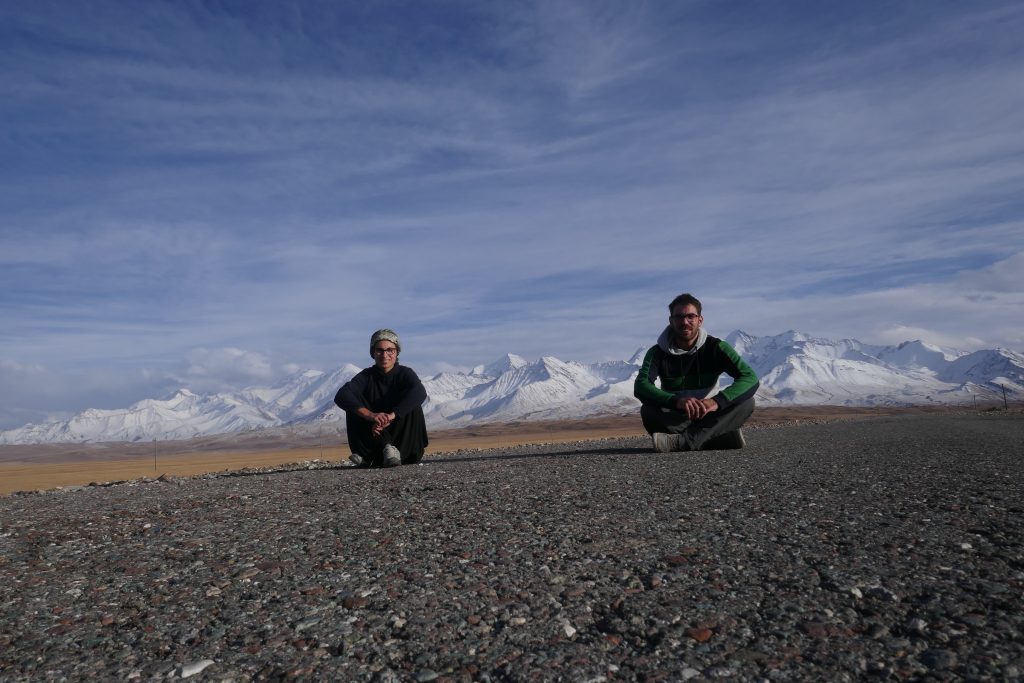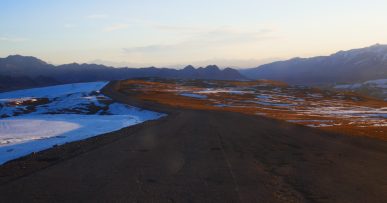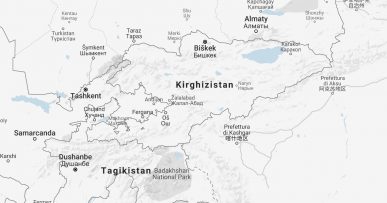We decided to organise this article a bit differently compared to the previous ones we have written along the Silk Road. In September 2019 we travelled from Dushanbe to Osh, along the Pamir Highway and Wakhan valley, over six days and here you will find brief answers to a series of relevant questions related to the famous M41. In addition, you will find tips on how to organise it and, possibly, to keep it as cheap as possible. Finally, since we believe that videos rather than photos give you a better idea of how the Pamir Highway looks like, we made three videos about our experience.
____________________________________________________________
- What is the Pamir Highway?
- Why the M41 is called Pamir Highway?
- Who lives in the GBAO?
- Does the GBAO have any historical relevance?
- Is it safe to travel along the Pamir Highway?
- Do I need a visa to travel along the Pamir Highway?
- How long does it take to travel along the Pamir Highway?
- When should I go?
- How can I travel along the Pamir Highway?
- Is it expensive? What did you do?
- Wow, that’s too much. How can I spend less?
- Is it worth it? Let’s watch the videos
- Any other recommendations?
____________________________________________________________
- What is the Pamir Highway?
The M41 Highway, also known as the Pamir Highway, is known as the second highest altitude international highway in the world (up to 4,655 m) after the Karakoram Highway between China and Pakistan. It connects the Tajikistan capital, Dushanbe, to the southern Kyrgyz city of Osh over 1252km (778 miles). However, as tourists, you will most likely go along the Wakhan Valley as well making the entire journey from Dushanbe to Osh 1935km (1202 miles) long. The Pamir Highway represents the main supply route for the Tajikistan’s Gorno-Badakhshan Autonomous Region (often abbreviated as GBAO) which, although it makes 45% of the tajik territory, hosts just the 3% of its population.
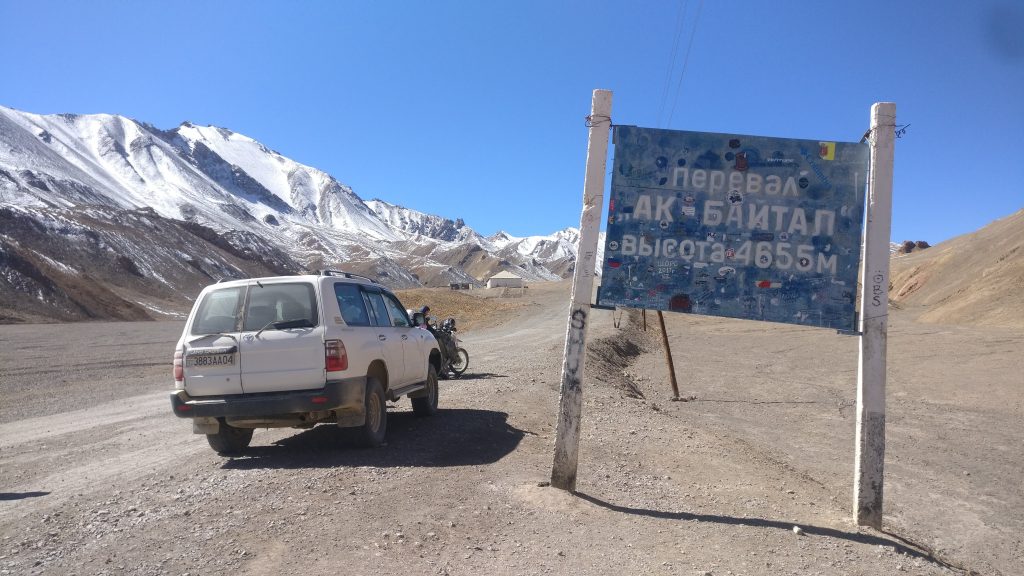
- Why the M41 is called Pamir Highway?
The Pamir mountains are a mountain range in Central Asia, at the junction of the Himalayas and Hindu Raj ranges. They are among the highest mountain the world and are mostly located in the GBAO, in the east of Tajikistan. The M41 crosses the GBAO and takes its name from the mountain range.
- Who lives in the GBAO?
According to some estimates, in 2017 there were 223600 people in all the region. There are a lot of different ethnic groups but the main one is represented by Pamiris. The Pamiris are one ethnic group native of the GBAO region linguistically and religiously different from Tajik people. In fact, they speak Pamir, which belongs to the group of Iranian languages, and, contrarily to the predominant Tajik Sunni population, they are Nizari Ismahili Shia, a branch of Shia Islam whose spiritual leader is the Aga Khan, a business magnate with British and Portuguese citizenships “believed to have direct lineal descendant of the Islamic prophet Muhammad through Muhammad’s cousin and son-in-law, Ali, considered the first Imam in Shia Islam, and Ali’s wife Fatima az-Zahra, Muhammad’s daughter from his first marriage.” (Source Wikipedia)
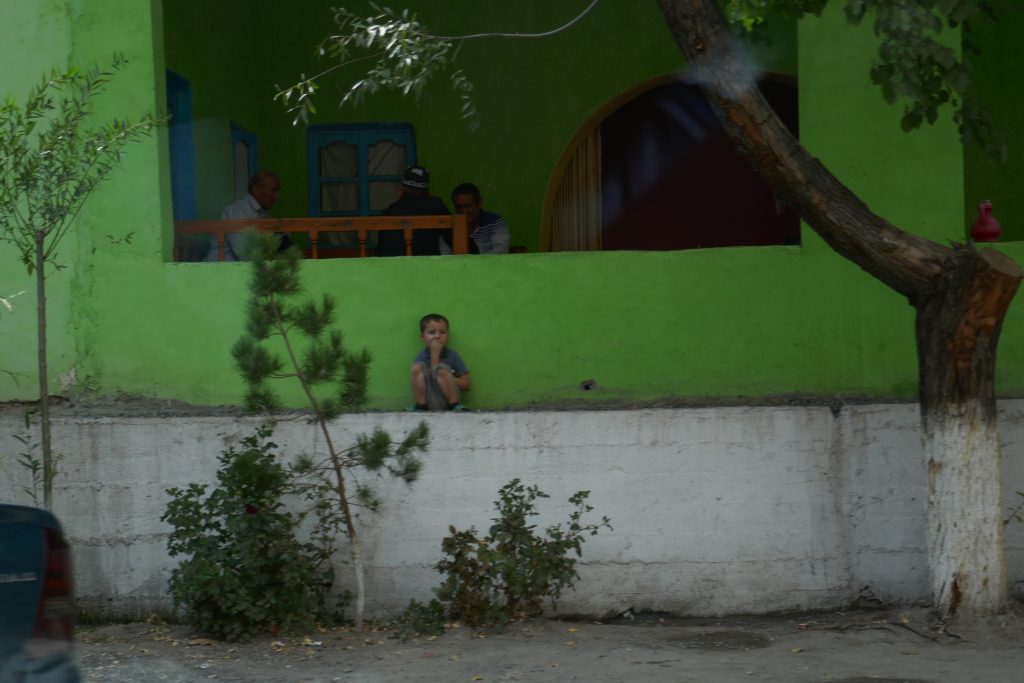
- Does the GBAO have any historical relevance?
The GBAO, along with Afghanistan and other territories of Central Asia, was theatre of military, political and diplomatic confrontation also known as “the Great Game” between Russian and British empire in the XIX century. On one side, Russia wanted to prevent a British commercial and military inroads into Central Asia; on the other side, the British empire feared a Russian invasion of India. This resulted in an atmosphere of distrust and constant threat between the two powers that lasted for 65 years, from 1830 until 1895. If you want to have a better insight of what happened over those years, “the great game” by Peter Hopkirk is a good book to read.
One hundred years later, regional groups from the GBAO, supported by Islamist groups, rose against the newly elected president of Tajikistan Rahmon Nabiyev, supported by Russia and some former soviet countries, starting the Tajik civil war. Violent clashes erupted all over the country and, according to some estimates, up to 100000 people were killed over the five years of war. Nowadays the country is peaceful but it is still ethnically divided. Our driver, from Pamir, was threatened by some Tajik people nearby Dushanbe and if you travel along the Pamir Highway, you will have to cross several checkpoints on the way. It is not clear whether the aim is controlling the local population or the illegal smuggling from Afghanistan. However, since the Pamir Highway is also known as the Heroin Highway for the incredible amount of drug smuggled from Afghanistan, the control of Pamiris seems to be the most feasible reason.
- Is it safe to travel along the Pamir Highway?
As previously mentioned, the country is peaceful and, at least in September 2019, it was absolutely safe to travel there. The Tajik government promoted 2019 as the year of tourism and they are really careful that nothing happens to you. However, the situation may precipitate quite suddenly and accidents can always happen (click here). Thus, always keep yourself informed!
Previously, you could go to the Afghan market on the border between Tajikistan and Afghanistan without having an Afghan visa or you could cross into Afghanistan to go to the Wakhan corridor (and by the way that’s RIDICULOUSLY EXPENSIVE) but in September 2019 that was prohibited for security reasons.
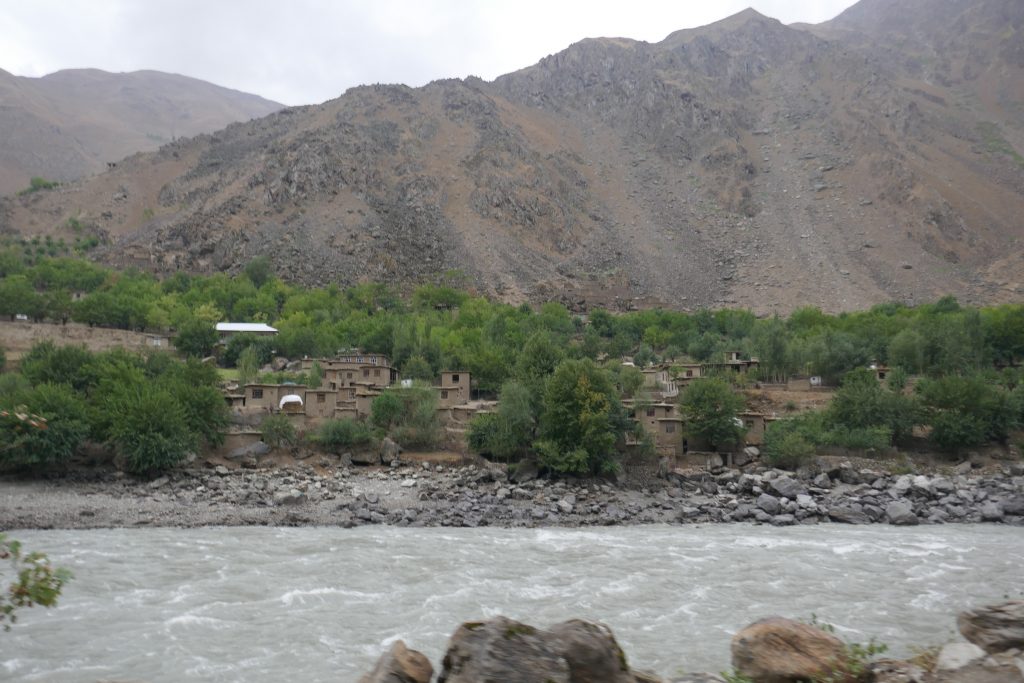
- Do I need a visa to travel along the Pamir Highway?
The answer is: it depends on the country you are from but generally YES, you do need a visa but for a lot of countries (including Italy) you can apply for the e-visa (have a look here if you can do it as well). An important thing is the GBAO permit that can be bought online (20$) or at the police station in Dushanbe (2$). We didn’t know it and we bought it online but apparently it’s very easy to get it in Dushanbe.
- How long does it take to travel along the Pamir Highway?
It’s totally up to you, we did it in 6 days but we met people who did it in 7 or 10. The journey is quite long (1935km), the roads are not always in perfect conditions (but they generally are) so we stayed in the car roughly 8hrs per day. Most of the drivers will propose you 7-8 days trip.
- When should I go?
Summer is obviously the best season but it’s also the most crowded and expensive. We went it in late September and it was probably the last good period of the year. Was it cold? From Dushanbe to Langar not at all, afterwards yes but not freezing. However, weather conditions may suddenly change. A guy we met later in Kyrgyzstan told us that he crossed the Tajik-Kyrgyz border two days after us, it was freezing and there was a lot of snow covering all the road. You’d better check the weather conditions before going there in September/October.
- How can I travel along the Pamir Highway?
Well, you have five options and we will list them here from the most expensive to cheapest option:
- Hiring your own car. You may think that hiring your own car is a good way to travel along the Pamir Highway but that’s WRONG. Hiring a car (you need 4×4 not a fiat punto) costs almost as much as hiring a driver (see next question). In addition, you will have to drive along very dangerous roads, pay for the petrol and pay the “ecological fees”, as the soldiers call the bribes at the checkpoints. According to our driver was 10 somoni for locals, 10$ for foreigners. Consider that you will cross 12/13 checkpoints and if you don’t pay you cannot continue.
- Hiring a driver. That won’t be cheap but you can share the costs with other people. Normally the amount you pay includes the driver, the car, petrol, “ecological fees”, food and accommodation for the driver.
- Have your own vehicle. That’s probably the best option considering costs and flexibility but you must arrive there (and it takes time from Europe at least) and you will have to pay the “ecological fee” to the soldiers at the checkpoints anyway.
- Taking shared taxi. That’s an option but it allows you just to go from point A to point B and it doesn’t stop on the way. In addition, if the shared taxi is full you may end up on the “wrong” side (towards the mountain) of the road so you won’t really enjoy the landscape.
- Hitchhiking. Again, you won’t be able to stop on the way and you may have to wait for hours or days someone that picks you up. Cars on the way are generally full of tourists or local people, you may try with lorry drivers. However, most of the people expect a little amount of money for a lift anyway!
For the last two options, consider that you won’t be able to go to the Wakhan valley since it’s just a touristic route.
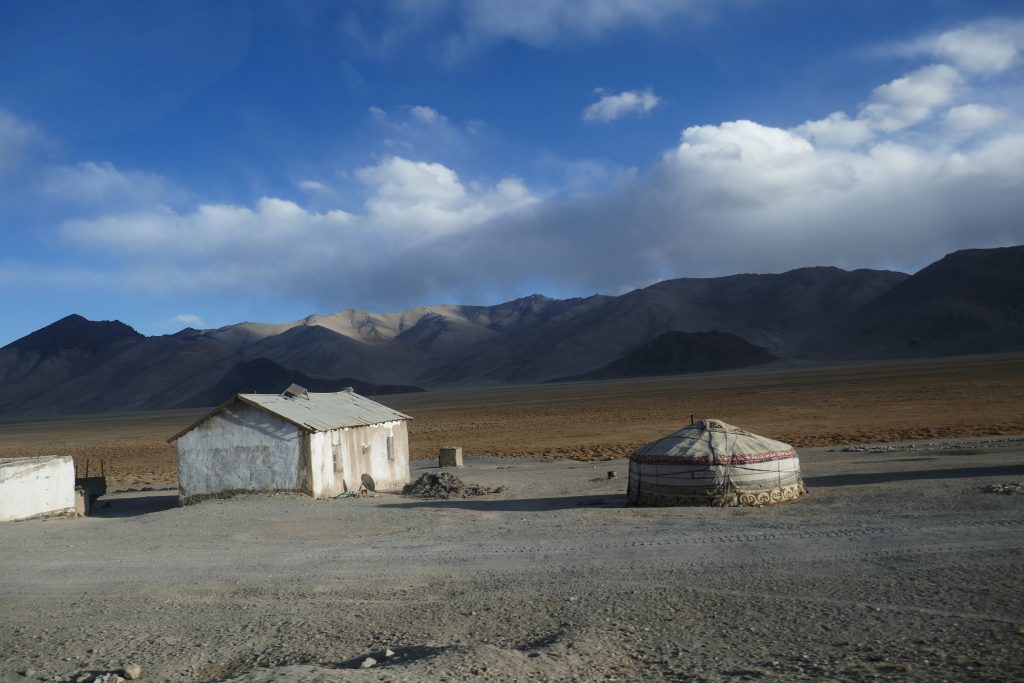
- Is it expensive? What did you do?
There is no nice way to say that: YES, IT IS EXPENSIVE.
At the beginning we thought about hiring a car but we realised it wasn’t that convenient. Hiring a car in Dushanbe (we don’t know if it’s cheaper in Kyrgyzstan) costs 850$ per week without petrol (we calculated it to be roughly 250$) so a total of 1100/1200$ for seven days plus accommodations (they generally provide you dinner, breakfast and, if you want, lunchboxes) and “ecological fees”. A total of roughly 1300/1400$ per week.
We then opted for hiring a driver. We contacted four of them and the price always ranged between 1000$ to 1300$ per week including driver, car, petrol, “ecological fees”, accommodation and food for the driver. We had the contact of one driver, we found others online and, one of them, contacted us through caravanistan. Independently from how many days you want to spend on the Pamir Highway, they will charge you more or less the same (it may bit higher if you do more days because you have to pay for accommodation and food for the driver) because they charge you per km. Kadyr, our driver, initially offered 1000$ but we bargained the price and we believe we could have spent 800$ but, eventually, we agreed for 880$. If you need a driver you can contact Kadyr, his number is +996776516160 and his e-mail is [email protected]
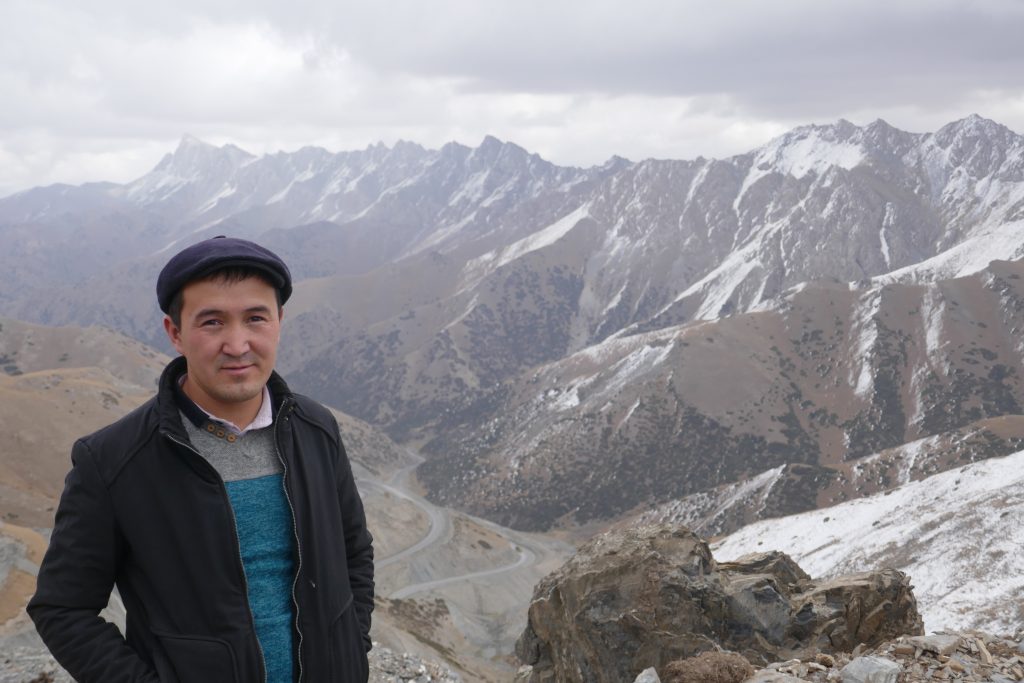
On top of that, we spent from 12$ to15$ per night each for accommodations along the way. Once again, never accept the first price but always bargain, they will be happy to make it cheaper for you at least in low season. Drivers will bring you to the hotel/hostels they know (probably driver’s friends), if you are not happy just ask to leave. However, where we stayed it was ok most of the time.
- Wow, that’s too much. How can I spend less?
Rule number one: BARGAIN ALWAYS.
Rule number two: FIND OTHER COMPANIONS
The easiest and, probably, the most effective way to find other fellow travellers is to write a post on caravanistan (click here). We found two people in a week in low season, we believe it’s very easy to find other people in high season. Ask the driver to see the car first so that you have an idea on how many people can comfortably fit in it but four seems to be the perfect number. Consider that you will spend from 6 to 8hrs in a car and the seat on the back of our car was not comfortable at all!
In total we spent 220$ each for the car + 570 somoni each (roughly 57$) for accommodation + something for lunch everyday = roughly 300$ in six days (50$ per day, if you are five people including the driver in the car)
- Is it worth it? Let’s watch the videos
Yes it is, the landscapes are just amazing, you will cross remote areas, isolated villages that you won’t really see anywhere else in the world.
We divided the entire journey in three sections to give you an idea of what you can expect. Each section was two days long considering that we did the all journey in six days.
Over the first two days expect to see initially some fields and, quite suddenly, you will reach the river that goes along the border between Tajikistan and Afghanistan. You will follow the river surrounded by spectacular mountains and you will be able to see the everyday Afghan life on the other side of the river.
The third and the fourth day you will be along the Wakhan Valley. You won’t be able to go there with public transport, since it’s just a tourist route and it’s closed in winter. The landscape is just breathtaking! The valley opens up, you will follow another river, you will go through extremely remote villages, you will see lakes in a no man’s land and you will start going uphill quite substantially. In fact, you will sleep at Murghab, the highest town in Tajikistan at 3650 metres on the sea level.
Over the last two days you will go from Murghab to Osh. Some of the tour spend a night at Karakol lake, an amazing but also quite cold Tajik lake close to the Kyrgyz border. We instead decided to go straight to Sary Mogol, where we spent a night and we visited Tulpar lake before going to Osh. The view at Tulpar lake, at the bottom of the Lenin peak, is meant to be beautiful but it was cloudy and we didn’t see much.
- Any other recommendations?
- Bring with you 12 or 13 copies of your passport and visa. You will save time at the checkpoints, since you can just leave the copy and don’t wait to be registered there.
- Bring plenty of water and snacks with you the all time
- If Pamir people invite you for dinner, they may leave you having dinner alone in one room while the rest of the family is in the other room. It happened to us in Murghab at Kadyr’s house. It’s normal for them!
- Enjoy the Pamir Highway!
